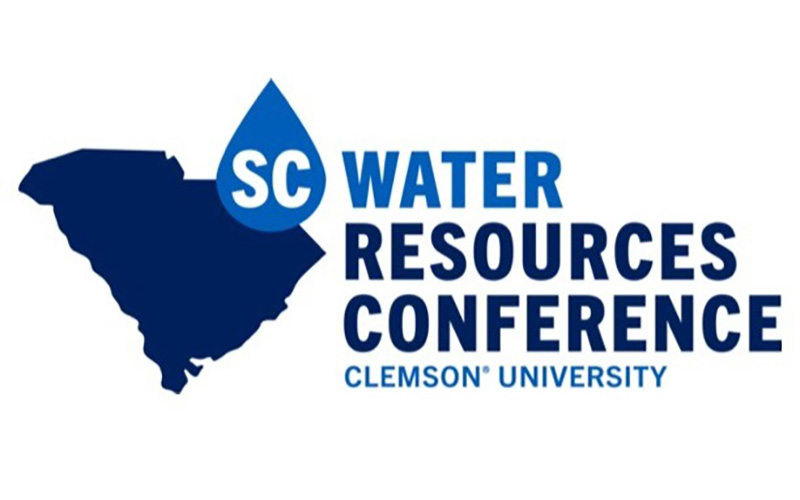Volume
2
Issue
1
DOI
https://doi.org/10.34068/JSCWR.02.06
Abstract
This case study describes the plan development process, implementation strategies and initial and future challenges to implementation for the Murrells Inlet Watershed Plan (WRCOG, 2014). The Plan was crafted by a group of key stakeholders with community support and guidance to address fecal coliform bacteria loading in shellfish harvesting waters in the Murrells Inlet Estuary along the northeastern South Carolina coast. Stakeholders debated the interpretation of the data analysis and ultimately concluded that the primary pollutant sources were non-human, namely wildlife and domestic animals. Stakeholders also concluded that the loads from these sources were being delivered to the estuary via a landscape that includes a network of surface drainage ditches and subsurface pipes so that water retention on the landscape has been largely short-circuited.
Armed with this information, plan participants devised management measures that encompass several strategies, including: (1) utilize an end-of-pipe/ditch solution that addresses pollution nearest the discharge point; (2) generally reduce volume and flow and/or increase retention/detention across the landscape to reduce the pollutant load; and (3) use education and outreach to achieve behavior change.
During both plan development and the implementation of management measures, the plan steering committee faced significant challenges. Initial challenges include: geographic and space limitations that make the use of large retention or detention devices impractical; lack of state or local requirements to use low impact development techniques to increase retention; and mounting outreach campaigns that cannot guarantee significant pollution reductions. Additional complications include mechanisms to sustain community support and involvement. As implementation progresses, the steering committee must track plan implementation and determine creative ways to evaluate the effectiveness of management measures. Local funding allocations must also be sought to leverage against potential grant funds to enable implementation.
Recommended Citation
Fuss, Dave; Newquist, Dan; Sledz, Sue; Jones, Tracy; and Hitchcock, Daniel R.
(2016)
"Watershed Plan Implementation Challenges for SMS4s in Murrells Inlet,"
Journal of South Carolina Water Resources: Vol. 2
:
Iss.
1
, Article 2.
DOI: https://doi.org/10.34068/JSCWR.02.06
Available at:
https://open.clemson.edu/jscwr/vol2/iss1/2






